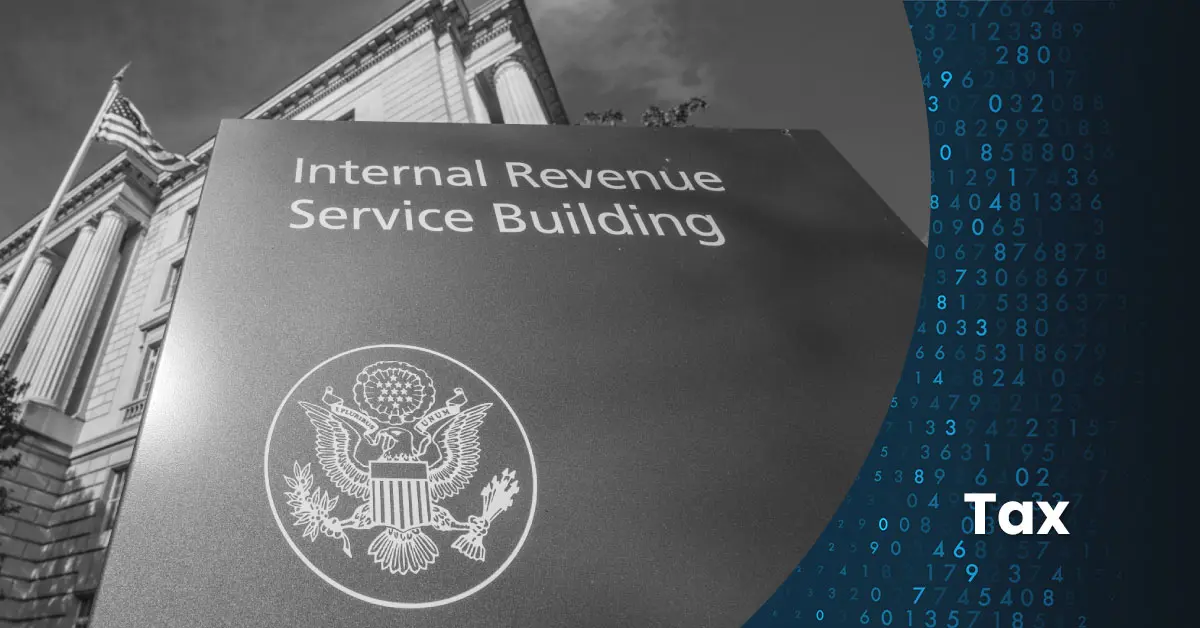By Tricia Meola
With the effects COVID-19 has created for the US, federal, state and local governments are working hard to respond to the growing public health threats – but what about the financial uncertainties? As unemployment rates rise and millions of Americans continue to file for unemployment benefits, many are faced with the inability to satisfy their mortgage obligations and are aware of their options.
Know your mortgage
The most important place to begin is to be acquainted with your mortgage and its terms. There are several types of mortgages (adjustable-rate mortgages (ARMs), hybrid adjustable-rate mortgages, fixed-rate mortgages, etc.) Start by reviewing your contract and checking for prepayment penalties. Contact your lender if you are unsure.
Mortgage Modification
In times of financial hardship, a loan modification may be attainable; a loan modification is a change the lender makes to the original terms of a mortgage in order to reduce monthly payments to an affordable amount. This option is typically less expensive and less time-consuming for lenders than other legal and financial remedies, such as foreclosure, short sales, and charge-offs.
Loan modifications allow homeowners to stay in their home and take less of a hit (if any) to their credit score. Modification options vary from lender to lender, but common options include:
- Principal reduction – Often the most difficult to obtain. This requires the lender to forgive a portion of the total debt and then recalculate monthly payments based on the lesser balance.
- Lower interest rate – Although sometimes temporary, lenders have the ability to reduce interest rates which would decrease monthly payments.
- Extended-term – Commonly referred to as re-amortization, this option extends the life of the loan, driving down monthly payments. Borrowers should note, however, that this typically results in higher interest costs as payments are made over more time than originally agreed upon.
- Fixed-rate loan – For borrowers who currently have adjustable-rate mortgages (ARMs), a fixed-rate loan will provide more predictability and consistency.
- Government programs – Some borrowers may be eligible for a government mortgage modification program such as Fannie Mae’s Flex Modification or High Loan-to-Value Refinance Option.
- Postponed payments – Also known as forbearance agreements, this option allows borrowers to temporarily pause loan payments; although payments will have to be made up in the future, this option can provide temporary financial relief for borrowers who are experiencing a short-term layoff, etc.
Forbearance
Mentioned above, forbearance agreements suspend or reduce payments for a period agreed upon by the borrower and lender. The suspended or reduced payments will be trued up either as a lump sum payment at the end of the agreed upon time or as additional partial payments for a number of months. Regular payments will also resume at the end of the time period.
Making Home Affordable Refinance Program
Also referred to as HAMP, Home Affordable Modification Program offers homeowners who are at risk of foreclosure reduced monthly mortgage payments that are sustainable over the long-term. The US Treasury established HAMP to assist struggling families to remain in their home while protecting taxpayers’ interests. The program set standards for sustainable modifications across the industry.
Loan refinancing
Borrowers should note that mortgage modifications are for individuals who are unable to refinance their debt. For those that are able, refinancing creates a new loan that may have a lower interest rate and repayment period, although there may be application and origination fees.
Bankruptcy
When loan modifications or refinances are not an option, borrowers may consider filing for bankruptcy. Under Chapter 7 bankruptcy, the court takes control of all non-exempt assets and liquidates them to pay off creditors. With Chapter 13 bankruptcy, the court will approve a repayment plan which allows borrowers to use future income toward payment of debts during a three- to five-year period, rather than surrender the property.
How to begin the process
Contact your lender immediately to alert them to your current situation. Be prepared to illustrate that you are making a good-faith effort to pay your mortgage. Most lenders will require a loss mitigation application and additional information surrounding your finances in order to properly evaluate the request; this information may include, but is not limited to income, expenses (housing, food, transportation, etc.), a hardship letter, and prior-year tax returns or IRS Form 4506-T (which allows lenders to access tax records directly through the IRS). Additional information regarding assets, student loans, etc. may be necessary as well. Lenders are required to respond to your application within 30 days of its completion. During this time, borrowers may require borrowers to continue making payments. It is critical borrowers maintain contact with their lender and follow all instruction given.
Regardless of the option ultimately chosen, borrowers should be alert to scams and deal directly with their lender. Visit our real estate accounting services page to learn how Wiss can help you.

 Previous
Previous






